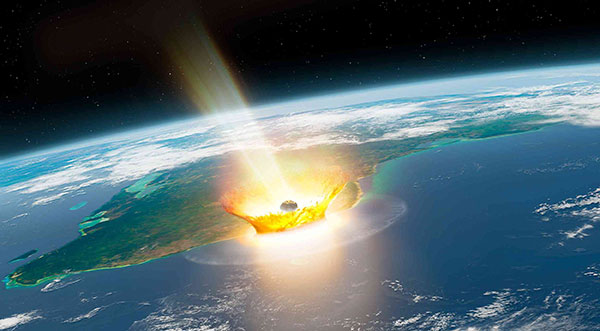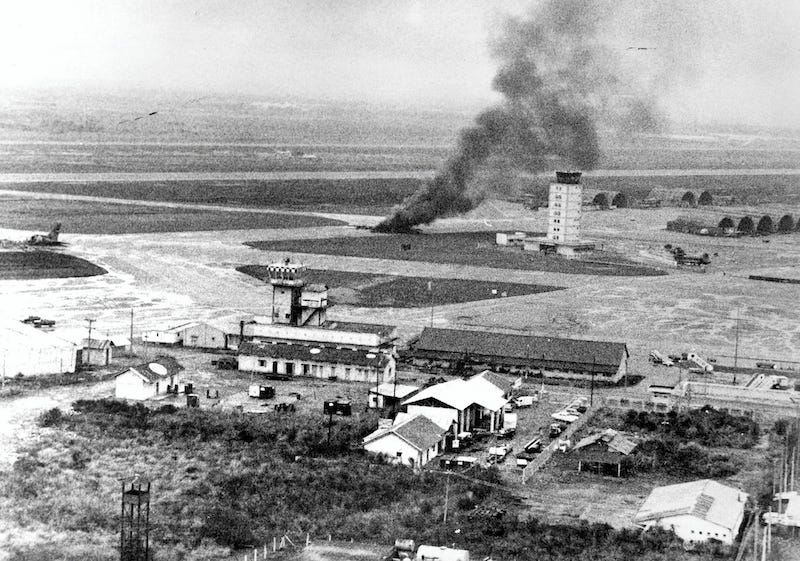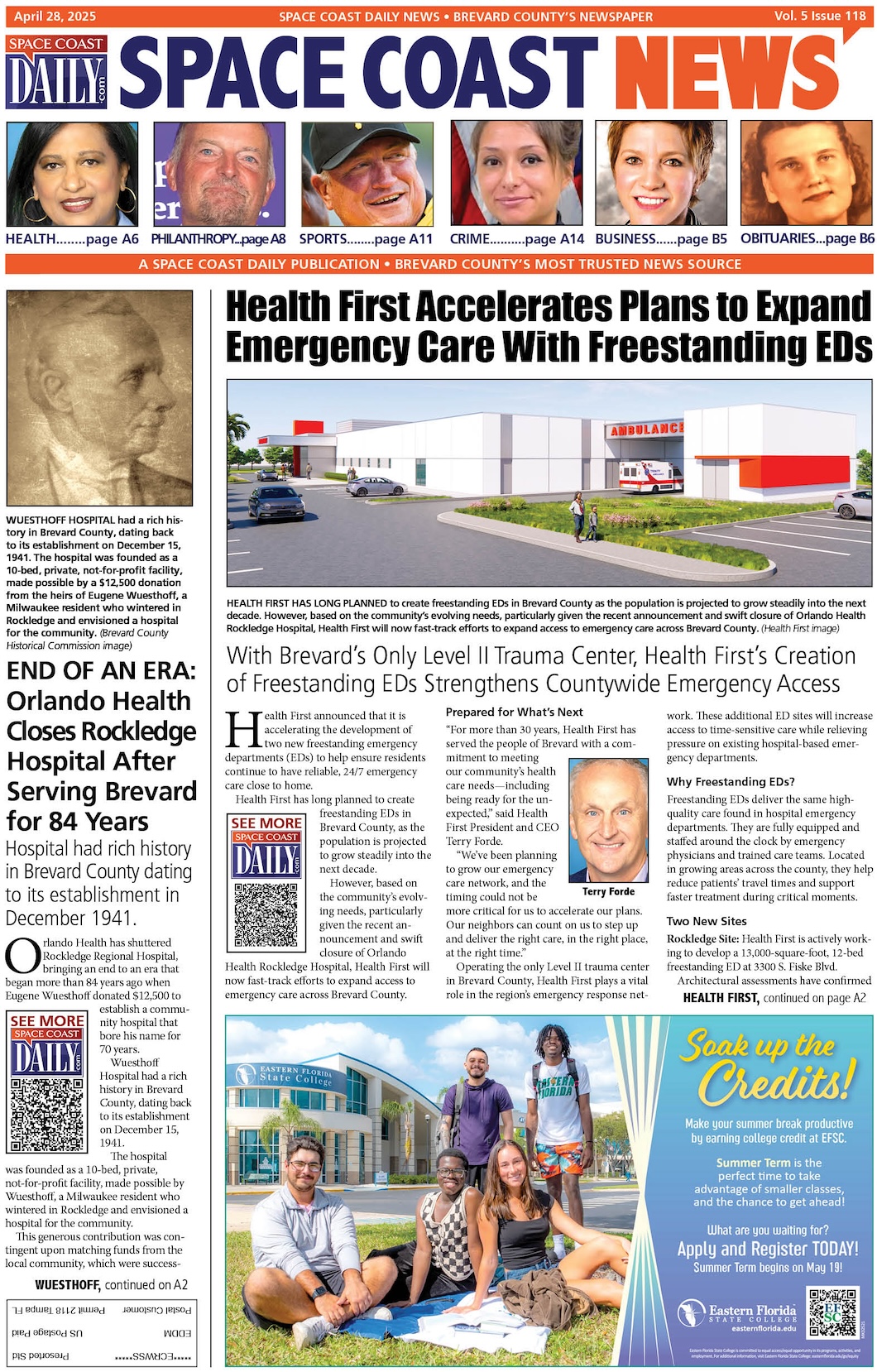Scientists Closely Track Asteroid 2024 YR4 Amid Small Chance of Earth Impact in 2032
By Space Coast Daily // February 19, 2025
asteroid is estimated to be between 131 to 295 feet wide

BREVARD COUNTY, FLORIDA – Astronomers are closely tracking asteroid 2024 YR4, a recently discovered near-Earth object (NEO) that has a 2% chance of impacting Earth in 2032. While the probability remains low, scientists stress that ongoing observations will refine its trajectory and likely rule out any risk.
The asteroid is estimated to be between 40 and 90 meters (131 to 295 feet) wide, comparable in size to a large building.
Though significantly smaller than the 10-kilometer-wide asteroid that caused the dinosaur extinction, an impact from 2024 YR4 could still result in regional devastation, depending on its size and composition.
Discovery and Tracking Efforts
2024 YR4 was first detected on December 27, 2024, by the ATLAS telescope in Chile, part of NASA’s planetary defense program. Since its discovery, astronomers have been monitoring the asteroid using observatories in Hawaii, Chile, and New Mexico.
Currently, its size is estimated based on the sunlight it reflects, but a more precise measurement will come from the James Webb Space Telescope (JWST), which will observe the asteroid’s thermal signature in March and May. These observations will refine predictions about its orbit and impact probability.
“Hawaiʻi’s telescopes are some of the most important tools for planetary defense,” said Doug Simons, director of the University of Hawaii’s Institute for Astronomy. “With our prime location and advanced technology, we can track and analyze asteroids with remarkable accuracy, giving scientists the time needed to assess threats and develop response strategies.”
By April 2024, 2024 YR4 will move beyond the reach of ground-based telescopes. If astronomers cannot rule out an impact by then, it will remain on watchlists until its next close approach in June 2028. However, current models suggest that it poses no threat during that pass.
Assessing the Potential Impact
Understanding the asteroid’s exact size and composition is critical for evaluating its potential impact.
“If this asteroid is on the larger end of the estimated size range, an impact could generate blast damage extending up to 50 kilometers (31 miles) from the strike zone,” explained Dr. Paul Chodas, manager of NASA’s Center for Near-Earth Object Studies (CNEOS).
Such damage would result from the asteroid’s extremely high velocity—approximately 17 kilometers per second (38,028 miles per hour)—as it enters Earth’s atmosphere.
While asteroid impacts of this scale are rare, history provides precedents. The Tunguska event in 1908, caused by an asteroid about 30 meters wide, flattened 2,150 square kilometers (830 square miles) of Siberian forest. More recently, the Chelyabinsk meteor in 2013, approximately 20 meters wide, exploded in Earth’s atmosphere over Russia, injuring over 1,000 people and causing widespread property damage.
“If 2024 YR4 is found to be in the 50-meter range and composed of dense rock, its effects could be similar to Tunguska,” the European Space Agency (ESA) noted. “Larger estimates would result in impacts extending over tens of kilometers.”
The Challenge of Detecting Small Asteroids
Despite major advancements in planetary defense, asteroids the size of 2024 YR4 remain difficult to detect. Scientists estimate that approximately 600,000 near-Earth objects exist in this size range, yet only 2% (around 12,000) have been identified.
“Small asteroids enter Earth’s atmosphere regularly, burning up as fireballs and causing little damage,” said Larry Denneau, an astronomer at the University of Hawaii. “Larger ones, like 2024 YR4, are much rarer, but their potential for destruction makes continuous sky monitoring essential.”
While further observations are expected to refine 2024 YR4’s trajectory and likely rule out an impact, planetary defense experts remain vigilant. Should the risk persist, scientists will have ample time to evaluate possible mitigation strategies.
For now, the priority remains tracking the asteroid’s movements and ensuring that any potential threat is well understood—well before it ever comes close to Earth.












